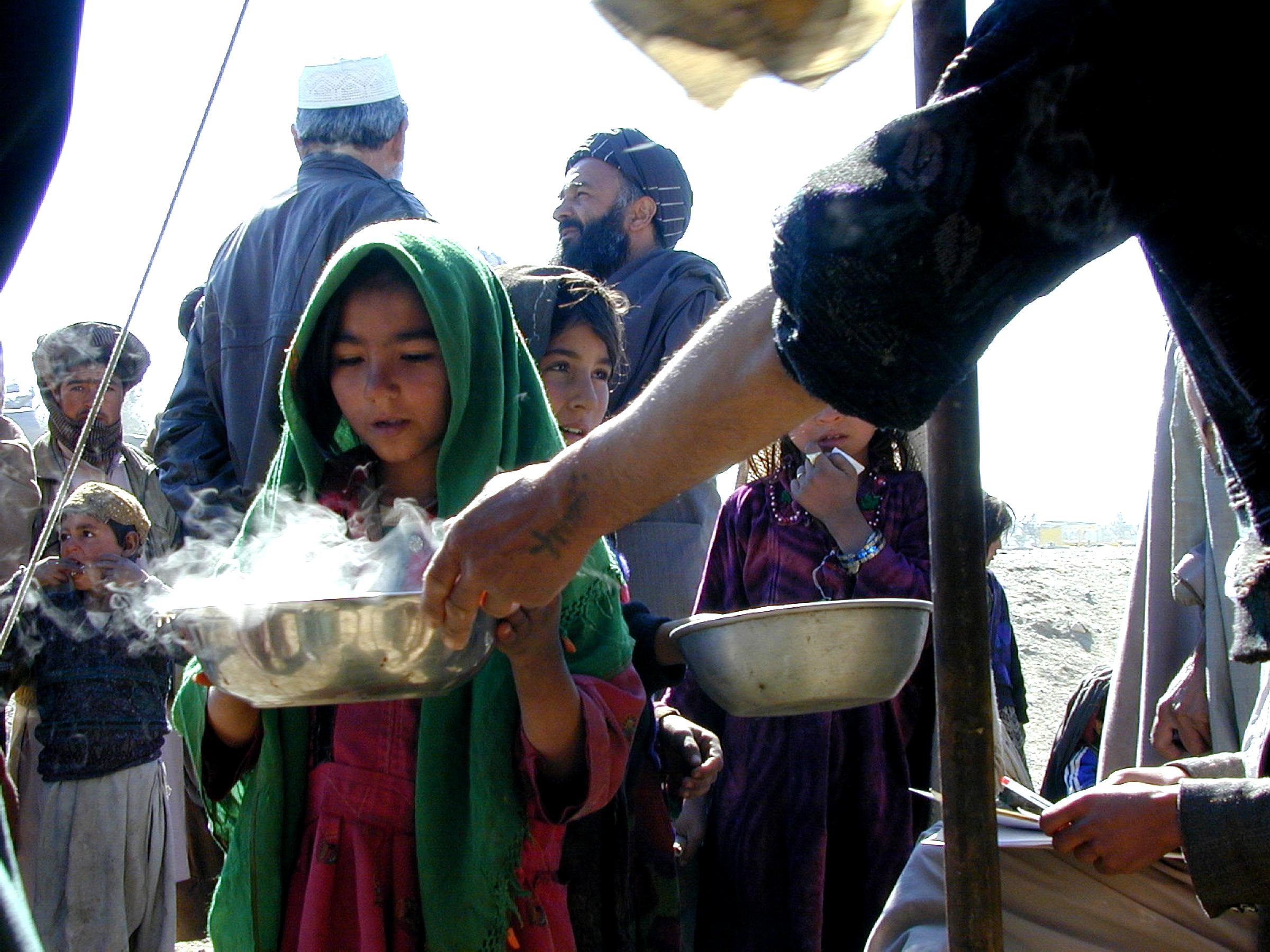The latest Integrated Food Security Phase Classification (IPC) analysis for Afghanistan has found a pocket of “catastrophic” levels of food insecurity in the northeast parts of the country, affecting many people.
The analysis was conducted in January and February by partners, including United Nations’ Food and Agriculture Organization (FAO), sister agency the World Food Programme (WFP), and many non-governmental organisations.
While humanitarian assistance helped avert a food security catastrophe over the harsh winter in Afghanistan, hunger still persists at unprecedented levels, says the report.
Richard Trenchard, FAO Representative in the country, called the food security situation as appalling.
The report predicts there will be a slight improvement in food security in Afghanistan from June through November, with the number of people facing acute food insecurity dropping to 18.9 million. This is partially due to the coming wheat harvest season, from May to August, and the increase in food assistance and support to agriculture.
However, the report warned that any gains will be limited, as enduring drought and the economic crisis continue to threaten the lives and livelihoods of millions across the country, especially located in the northeast parts.
More than 20,000 people in Ghor province in the northeast are facing catastrophic levels of hunger resulting from a long period of harsh winter and disastrous agricultural conditions.
“We are working with farmers, millers and bakeries, training women and creating jobs to support the local economy. Because the people of Afghanistan would much prefer jobs; women want to be able to work; and all girls deserve to go to school,” said Mary-Ellen McGroarty, Country Director and Representative of WFP in Afghanistan.
“Allowing the economy to function normally is the surest way out of the crisis, otherwise suffering will grow where crops cannot,” she added.
WFP has reached more than 16 million people in Afghanistan so far this year with emergency food assistance. It has also supported local markets and is working with retailers and local suppliers.
The agency also continues to invest in skills training and climate adaption projects so that families can cultivate their land and grow their own food.


























